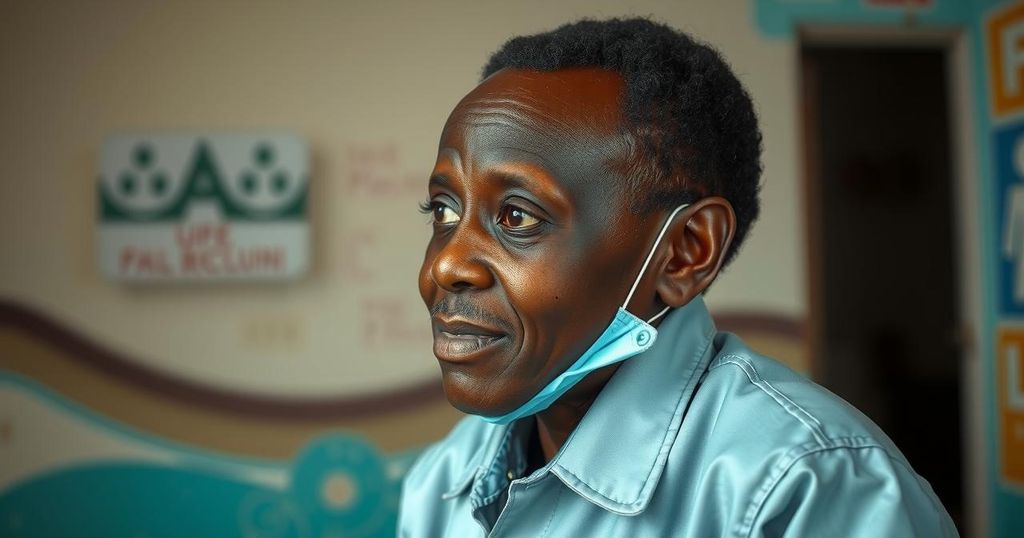Understanding Disease X: The Enigmatic Illness in the Democratic Republic of the Congo
An unidentified illness, dubbed Disease X, is spreading in the DRC, with 406 cases and 31 deaths, predominantly affecting malnourished children. The remote Panzi district is struggling with inadequate health infrastructure, complicating diagnosis and treatment. Experts suspect the disease links to known infections, while the WHO and Africa CDC are investigating its cause amidst logistical challenges.
A mysterious illness, referred to as Disease X, is currently spreading in the Democratic Republic of the Congo (DRC), with 406 reported cases and 31 fatalities, predominantly among malnourished children. The outbreak is primarily situated in the remote Panzi district, where health infrastructure is scarce. Health officials remain uncertain whether the disease is viral or bacterial, leading to confusion in diagnosis and treatment. Experts suggest that the outbreak may be linked to known infections rather than a novel pathogen, yet identification remains challenging due to limited testing capabilities and the difficulties posed by the region’s geography. The World Health Organization (WHO), alongside local health authorities and the Africa CDC, is actively investigating potential causes, with symptomatic overlaps indicating possible connections to respiratory infections and mosquito-borne diseases. Measures have been introduced to control the disease’s spread while testing efforts continue to ascertain its origins.
The emergence of Disease X in the DRC highlights the challenges faced in identifying and managing outbreaks within regions that lack substantial health infrastructure. The Panzi district’s remoteness severely complicates access to medical resources, making it difficult to conduct the necessary diagnostic tests. Health officials indicate that historical outbreaks in similar contexts often involve known pathogens, yet this incident demonstrates the urgency of addressing potential public health crises exacerbated by limited local resources, lack of immediate communication capabilities, and inadequate laboratory facilities. The WHO and Africa CDC are working to mobilize response teams, but logistical barriers hinder their efforts and contribute to the uncertainty regarding the disease’s classification.
In summary, the uncertain nature of Disease X in the DRC reflects the complex interplay of socio-economic and infrastructural limitations affecting health response effectiveness in remote areas. While initial symptoms point toward a variety of established diseases, health experts caution against jumping to conclusions regarding the outbreak’s classification. Continued investigation and strategic health measures are essential in mitigating the impact of this potentially severe public health threat in the region.
Original Source: www.dw.com




Post Comment